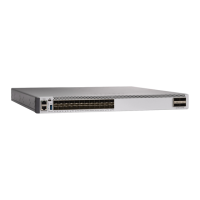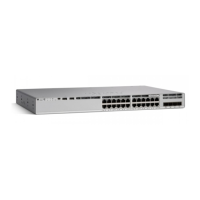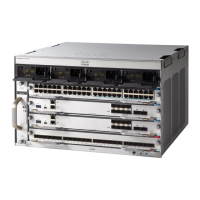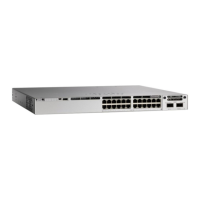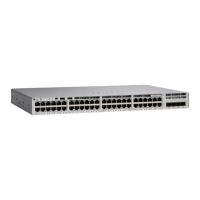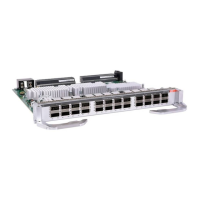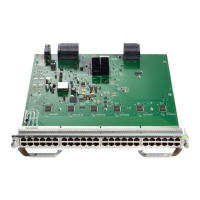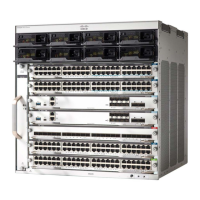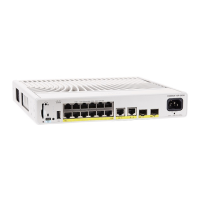PurposeCommand or Action
Enables OSPF routing, and enter router configuration mode.
The process ID is an internally used identification
router ospf process-id
Example:
Device(config)# router ospf 15
Step 2
parameter that is locally assigned and can be any positive
integer. Each OSPF routing process has a unique value.
OSPF for Routed Access supports only one
OSPFv2 and one OSPFv3 instance with a
maximum number of 1000 dynamically learned
routes.
Note
(Optional) Enables Cisco NSF operations for OSPF. The
enforce global keyword cancels NSF restart when
nsf cisco [enforce global]
Example:
Device(config)# nsf cisco
enforce global
Step 3
non-NSF-aware neighboring networking devices are
detected.
Enter the command in Step 3 or Step 4, and go to
Step 5.
Note
(Optional) Enables IETF NSF operations for OSPF. The
restart-interval keyword specifies the length of the
nsf ietf [restart-interval seconds]
Example:
Device(config)# nsf ietf
restart-interval 60
Step 4
graceful restart interval, in seconds. The range is from 1
to 1800. The default is 120.
Enter the command in Step 3 or Step 4, and go to
Step 5.
Note
Define an interface on which OSPF runs and the area ID
for that interface. You can use the wildcard-mask to use a
network address wildcard-mask area
area-id
Step 5
single command to define one or more multiple interfaces
Example:
Device(config)# network 10.1.1.1
255.240.0.0 area 20
to be associated with a specific OSPF area. The area ID
can be a decimal value or an IP address.
Returns to privileged EXEC mode.end
Example:
Device(config)# end
Step 6
Verifies your entries.show ip protocols
Example:
Device# show ip protocols
Step 7
(Optional) Saves your entries in the configuration file.copy running-config startup-config
Example:
Device# copy running-config
Step 8
startup-config
Routing Configuration Guide, Cisco IOS XE Everest 16.6.x (Catalyst 9500 Switches)
94
Configuring IP Unicast Routing
Configuring Basic OSPF Parameters
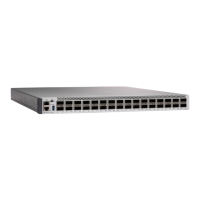
